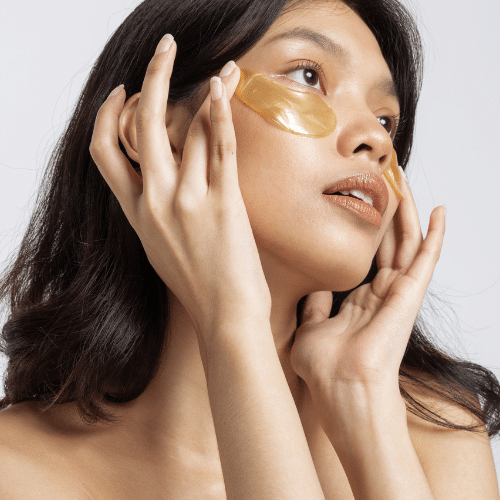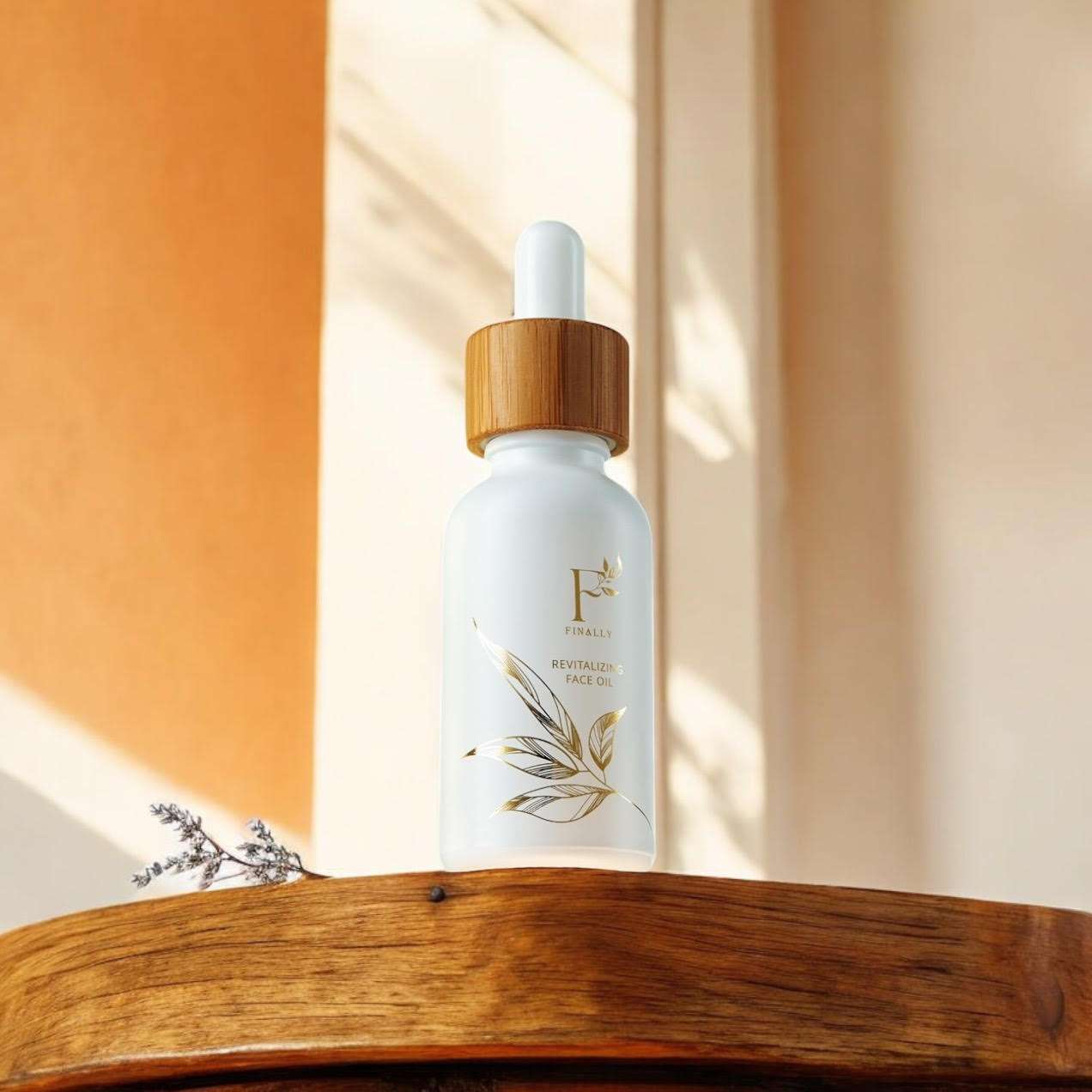Propanediol is a relatively lesser-known ingredient in skincare, yet it’s frequently found in synthetic and natural products. This organic compound, typically derived from corn sugar, is often marketed as a “natural” alternative to petroleum-based glycol. Despite its eco-friendly image, propanediol has been linked to various skin concerns, including irritation, dryness, and sensitivity. Let’s explore why it might be best to avoid propanediol, highlight the research on its potential downsides, and discuss how it ends up in many products marketed as “natural.”
What Is Propanediol?
Propanediol or 1,3-propanediol, is a glycol derived from corn sugar through fermentation. It acts as a solvent, humectant, and emollient, helping keep products stable and enhancing active ingredients’ absorption into the skin. It’s often used as an alternative to propylene glycol, which has a more controversial reputation due to its petrochemical origins.
Propanediol is commonly found in moisturizers, serums, shampoos, and sunscreens. Its widespread use is mainly due to its ability to improve product texture and provide a smoother, more spreadable consistency. However, the fact that it’s derived from a natural source doesn’t necessarily mean it’s gentle on the skin.
Propanediol’s Link to Skin Irritation
Though generally considered safe for cosmetic use, some studies have raised concerns about propanediol’s potential to irritate the skin, especially in those with sensitive skin. A key study published in the International Journal of Toxicology reported that while propanediol has a low risk of acute toxicity, it can still cause skin irritation and sensitization in certain cases.
For example, a review by the Cosmetic Ingredient Review (CIR) in 2010 noted instances where propanediol caused redness and itching in patch tests. Although these reactions weren’t widespread, they suggested that individuals with sensitive skin or conditions like eczema and rosacea may be more prone to experiencing adverse effects. Given that propanediol is often included in products marketed for sensitive skin, these findings are worth considering.
Other Skin Concerns Linked to Propanediol
Beyond irritation, propanediol may contribute to other skin issues. As a humectant, it draws moisture from the environment into the skin, similar to glycerin. However, in low-humidity conditions, humectants like propanediol can draw moisture from deeper layers of the skin, potentially leading to dryness over time. This is especially concerning for those living in dry climates or using multiple products containing humectants.
Additionally, propanediol’s role as a penetration enhancer can be a double-edged sword. While it helps active ingredients absorb better, improving their efficacy, it can also increase the likelihood of other potentially irritating substances penetrating the skin barrier. For those with sensitive or compromised skin barriers, this can result in heightened sensitivity and discomfort.
The Paradox of “Natural” Labeling
One of the biggest misconceptions about propanediol is that its natural origins make it inherently safe. While it is true that propanediol is derived from corn, the fermentation process involves significant chemical modification, making it different from the original plant material. This can result in reactions not typically associated with naturally occurring substances.
Despite this, many skincare brands use propanediol in products marketed as natural, organic, or hypoallergenic. Its inclusion is often due to its biodegradability and lower environmental impact compared to petroleum-derived ingredients like propylene glycol. In some ways, this makes propanediol a greener choice. However, “green” does not always mean “safe,” especially for those with skin sensitivities.
For example, propanediol is found in many organic-certified formulations from brands that pride themselves on using minimal, plant-based ingredients. It is often used alongside botanical extracts to improve texture and boost the moisturizing properties of a product. However, consumers may not realize that this seemingly benign ingredient could be the cause of irritation or discomfort, even in otherwise gentle formulations.
How to Avoid Propanediol in Your Skincare Routine
If you suspect that propanediol might be contributing to irritation or other skin concerns, you may want to avoid products containing this ingredient. Here are a few tips:
Read Ingredient Lists Carefully
Look for terms like “1,3-propanediol” or simply “propanediol” on product labels. It is often listed in the middle of the ingredients.
Opt for Simpler Formulations
Choose products with fewer ingredients to reduce the chance of encountering propanediol or other penetration enhancers.
Patch Test New Products
Even if a product claims to be natural or suitable for sensitive skin, perform a patch test before using it on sensitive areas. This can help you determine if a particular product irritates you.
Explore Alternatives
If you need a humectant or moisturizing agent, consider alternatives like organic carrier oils.
Conclusion
Propanediol’s presence in natural and organic skincare products highlights the complexity of choosing ingredients that are both effective and gentle on the skin. While it is often marketed as a safer alternative to synthetic chemicals, research suggests that it can still irritate, especially in those with sensitive skin. The decision to use or avoid propanediol ultimately depends on your skin type, but being aware of its potential drawbacks can help you make more informed choices.
Remember, “natural” doesn’t always mean “harmless.” Taking a closer look at ingredient lists is essential for maintaining healthy, comfortable skin. By educating yourself about ingredients like propanediol, you can tailor your skincare routine to better suit your skin’s needs and maintain a more balanced, irritation-free complexion.
We also provide free label readings and monthly workshops to help. You can learn more about this on our website




